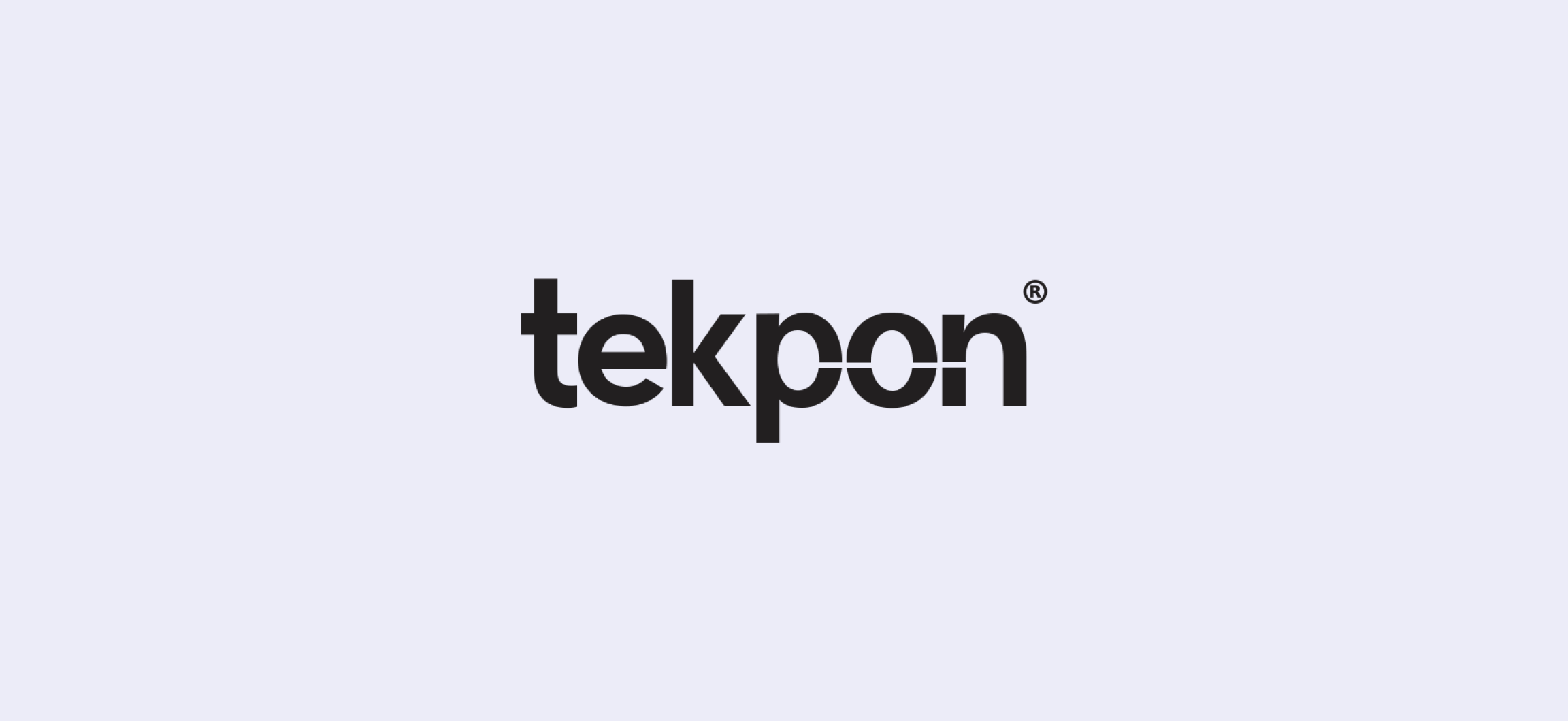In the news

Harshitha Raj
AI Voicebots are improving communication and simplifying work, revolutionising school administration. These AI-powered systems effectively respond to queries on policy,...
Read More
Harshitha Raj
Verloop.io is happy to be among Tekpon, a prominent tech review platform’s best live chat software solutions of 2024 recognized...
Read More
Harshitha Raj
San Francisco, CA – February 19, 2024 – In an exciting development set to redefine the landscape of customer support,...
Read More
Harshitha Raj
A software engineer prompted a car dealership chatbot to sell him a Chevy for just a dollar. After the launch...
Read More
Harshitha Raj
In the fast-paced landscape of customer support, where every interaction can make or break a customer’s perception, the evolution of...
Read More
Harshitha Raj
Black Friday, the shopping extravaganza that kicks off the holiday season, presents a golden opportunity for brands to engage with...
Read More
Harshitha Raj
AI in customer support is fascinating right now. We’re witnessing strides in Natural Language Processing (NLP), which means our AI...
Read More
Harshitha Raj
National Entrepreneur Day serves as a tribute to India’s vibrant entrepreneurial ethos, honoring the resilience and ingenuity of pioneers reshaping...
Read More
Harshitha Raj
Iya Ramu credits GPay for saving her friendship. “Recently, I had blocked a friend across social media and messaging platforms....
Read More
Harshitha Raj
This article delves into the profound impact of Generative AI on customer support, highlighting its ethical considerations, potential applications across...
Read MoreShowing results 1 - 10 of 78









ChatBanking is a step in the direction of ADIB's overall vision of ensuring customers can bank anywhere, anytime, in the language of their choice without any hassles.
Siraj Patel CTO, ADIB